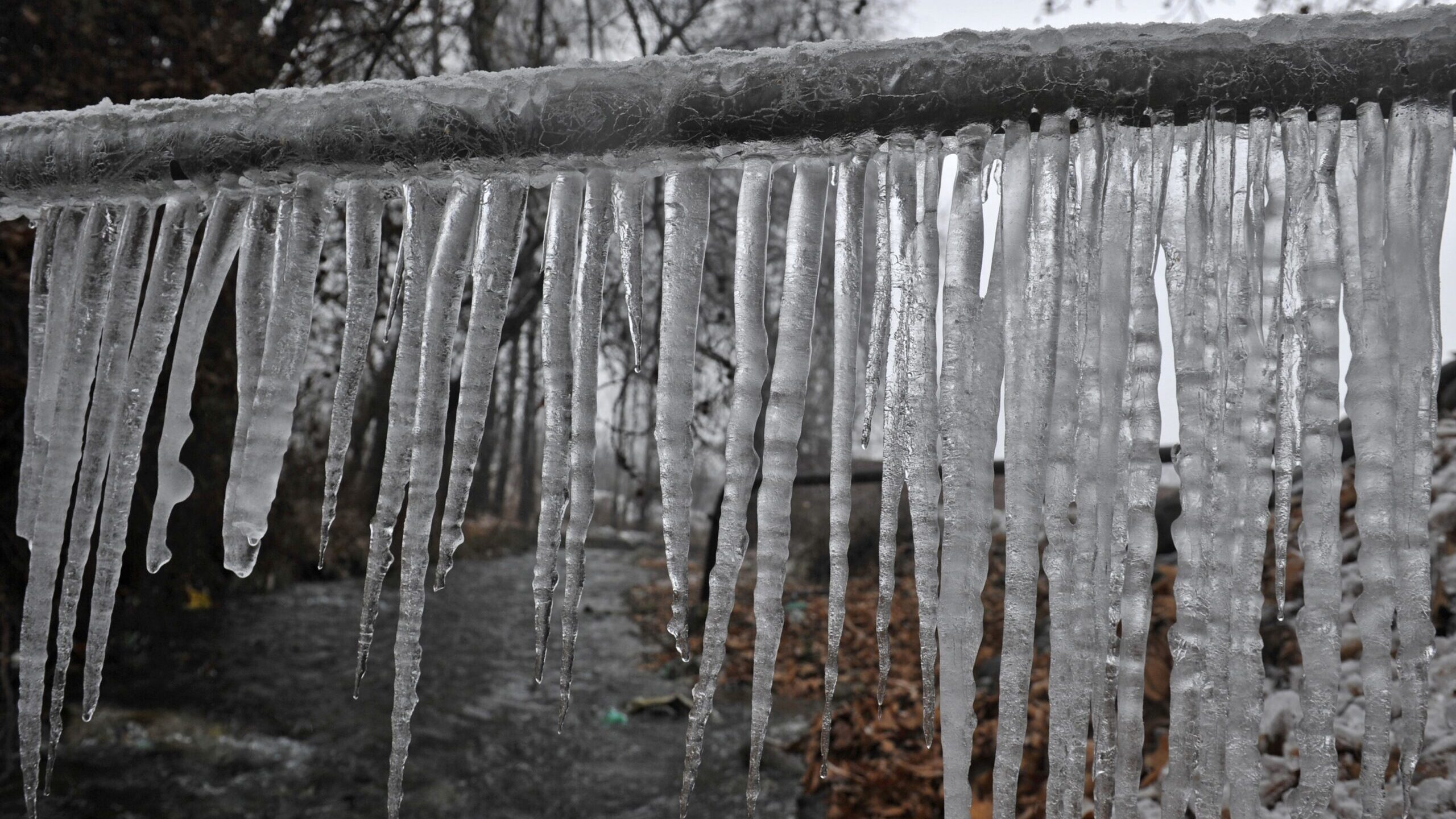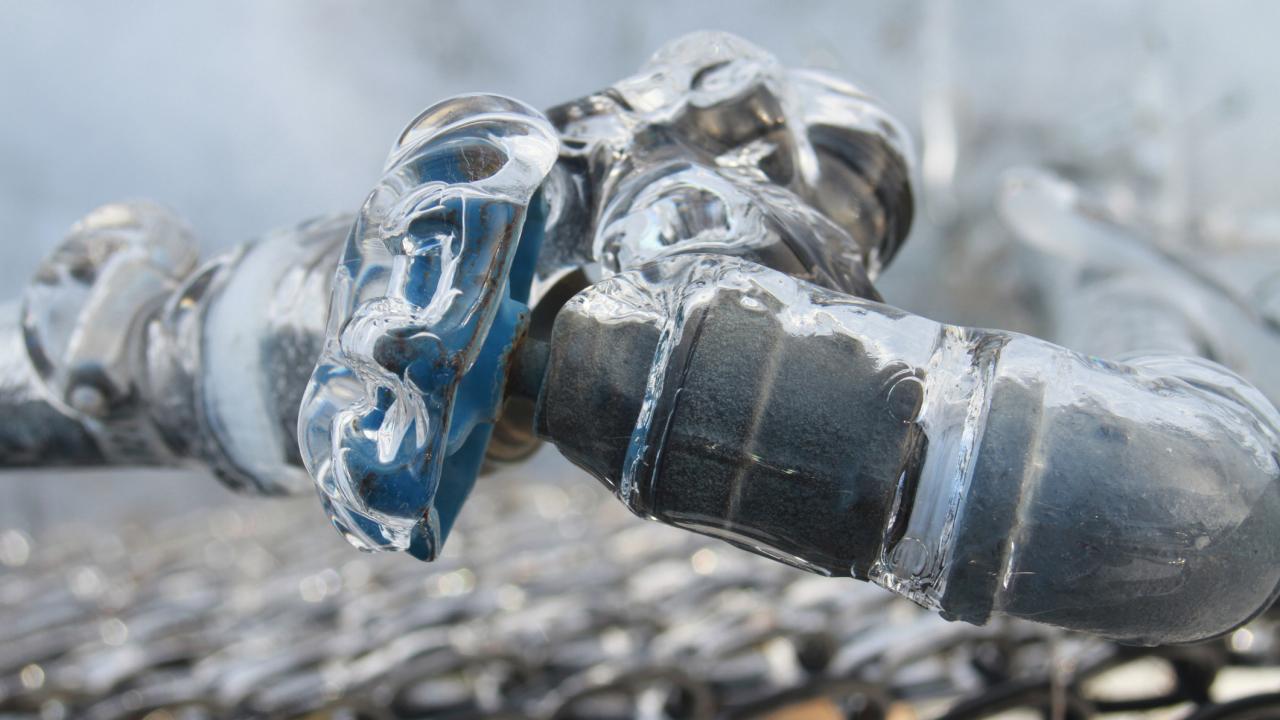How to Avoid Frozen Plumbing in Winter: Pro Advice
How to Avoid Frozen Plumbing in Winter: Pro Advice
Blog Article
Were you on the lookout for guidance on How To Avoid Freezing Pipes?

Winter can wreak havoc on your plumbing, especially by freezing pipelines. Right here's exactly how to avoid it from occurring and what to do if it does.
Intro
As temperatures drop, the risk of icy pipelines rises, potentially resulting in costly repairs and water damages. Recognizing exactly how to prevent icy pipes is essential for homeowners in cool climates.
Avoidance Tips
Protecting vulnerable pipelines
Wrap pipelines in insulation sleeves or use warm tape to protect them from freezing temperature levels. Concentrate on pipes in unheated or external areas of the home.
Home heating techniques
Keep indoor spaces effectively heated, particularly locations with pipes. Open up cabinet doors to allow warm air to distribute around pipes under sinks.
How to determine icy pipelines
Seek lowered water flow from faucets, unusual smells or sounds from pipes, and visible frost on revealed pipelines.
Long-Term Solutions
Structural modifications
Take into consideration rerouting pipelines away from exterior wall surfaces or unheated locations. Include extra insulation to attic rooms, basements, and crawl spaces.
Upgrading insulation
Invest in top notch insulation for pipes, attics, and wall surfaces. Appropriate insulation assists maintain regular temperature levels and decreases the risk of icy pipes.
Shielding Outside Plumbing
Yard pipes and outdoor taps
Disconnect and drain pipes yard pipes prior to wintertime. Mount frost-proof spigots or cover exterior faucets with protected caps.
Recognizing Frozen Pipelines
What creates pipes to freeze?
Pipelines ice up when exposed to temperatures listed below 32 ° F (0 ° C) for extended periods. As water inside the pipelines ices up, it expands, putting pressure on the pipe wall surfaces and possibly creating them to break.
Threats and problems
Icy pipelines can lead to supply of water interruptions, building damages, and pricey fixings. Ruptured pipes can flooding homes and cause comprehensive structural damage.
Signs of Frozen Piping
Identifying icy pipes early can avoid them from breaking.
What to Do If Your Pipes Freeze
Immediate actions to take
If you suspect frozen pipelines, keep taps available to alleviate pressure as the ice thaws. Use a hairdryer or towels soaked in hot water to thaw pipelines gradually.
Verdict
Protecting against frozen pipes requires aggressive actions and fast feedbacks. By comprehending the reasons, indications, and preventive measures, home owners can protect their plumbing during winter.
6 Proven Ways to Prevent Frozen Pipes and Protect Your Home
Disconnect and Drain Garden Hoses
Before winter arrives, start by disconnecting your garden hoses and draining any remaining water. Close the shut-off valves that supply outdoor hose bibs and leave the outdoor faucet open to allow any residual water to drain. For extra protection, consider using faucet covers throughout the colder months. It’s also important to drain water from any sprinkler supply lines following the manufacturer’s directions.
Insulate Exposed Pipes
Insulating your pipes is an effective way to prevent freezing. Pipe insulation is readily available at home improvement stores and is relatively inexpensive. Pay close attention to pipes in unheated areas such as the attic, basement, crawl spaces, or garage. Apply foam insulation generously to create a buffer against the cold. You can also wrap your pipes in heat tape or thermostat-controlled heat cables for added warmth.
Seal Air Leaks
Inspect your home for any cracks or openings that could let in cold air. Seal any holes around the piping in interior or exterior walls, as well as the sill plates where your home rests on its foundation. Additionally, make sure to keep your garage door closed unless you’re entering or exiting. Leaving it open creates a significant air leak that can lead to frozen pipes.
Allow Warm Air Circulation
During cold snaps, it’s essential to allow warm air to circulate evenly throughout your home. Leave interior doors ajar to promote better airflow. Open kitchen and bathroom cabinets to help distribute heat consistently around the rooms. If you have small children or pets, be sure to remove any household chemicals or potentially harmful cleaners from open cabinets for safety.
Let Faucets Drip
A small trickle of water can make a big difference in preventing ice formation inside your pipes. When temperatures drop significantly, start a drip of water from all faucets served by exposed pipes. This continuous flow helps prevent the water from freezing. Additionally, running a few faucets slightly can relieve pressure inside the pipes, reducing the chances of a rupture if the water inside does freeze.
https://choateshvac.com/6-proven-ways-to-prevent-frozen-pipes-and-protect-your-home/

Do you like reading up on Winter Plumbing Precautions: Preventing Frozen Pipes? Make a remark directly below. We'd be glad to hear your responses about this write up. Hoping to see you back again in the near future. Do you know anybody else who is intrigued by Winter Plumbing Precautions: Preventing Frozen Pipes? Feel free to promote it. We treasure your readership.
Apply Now Report this page